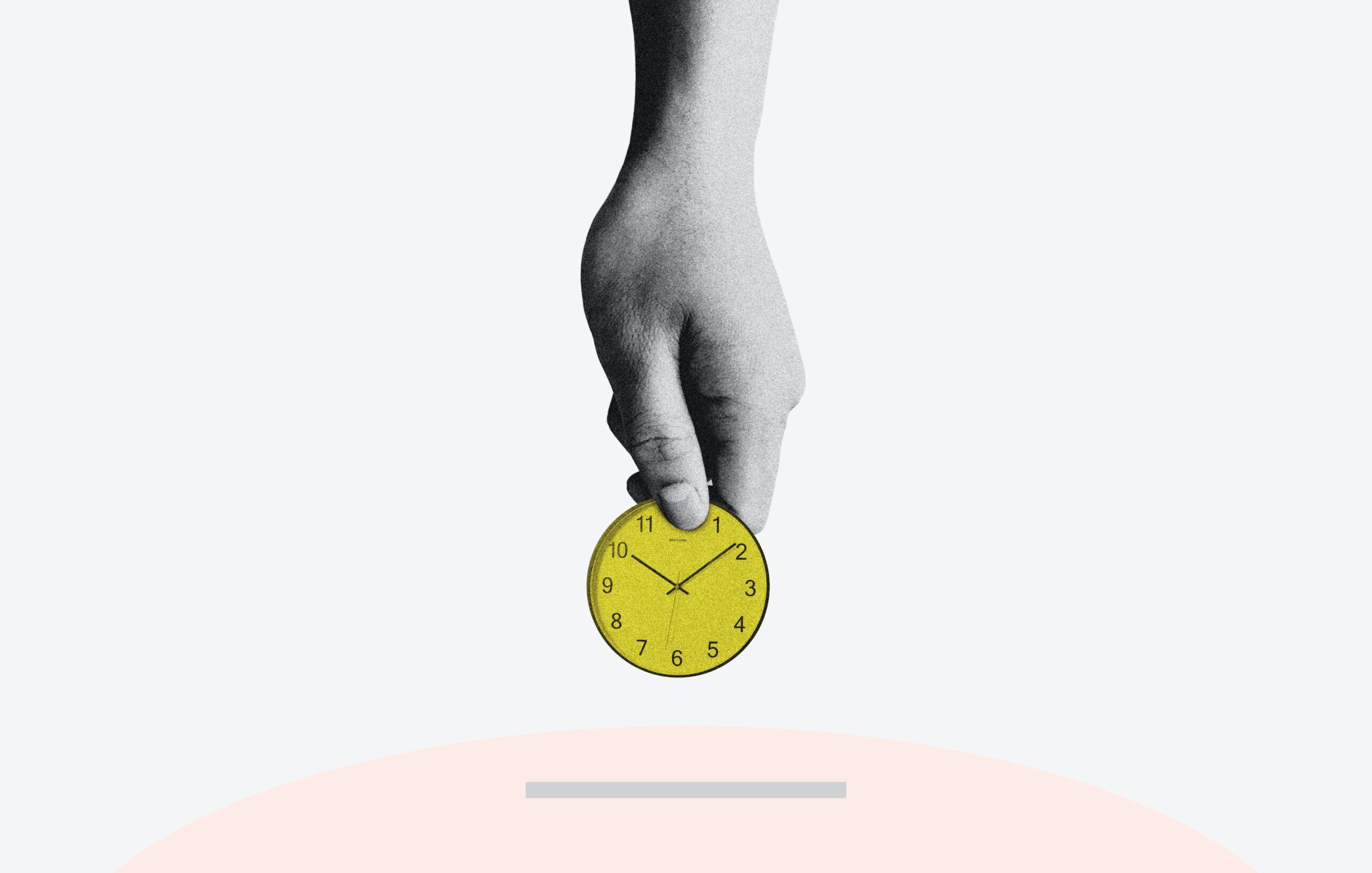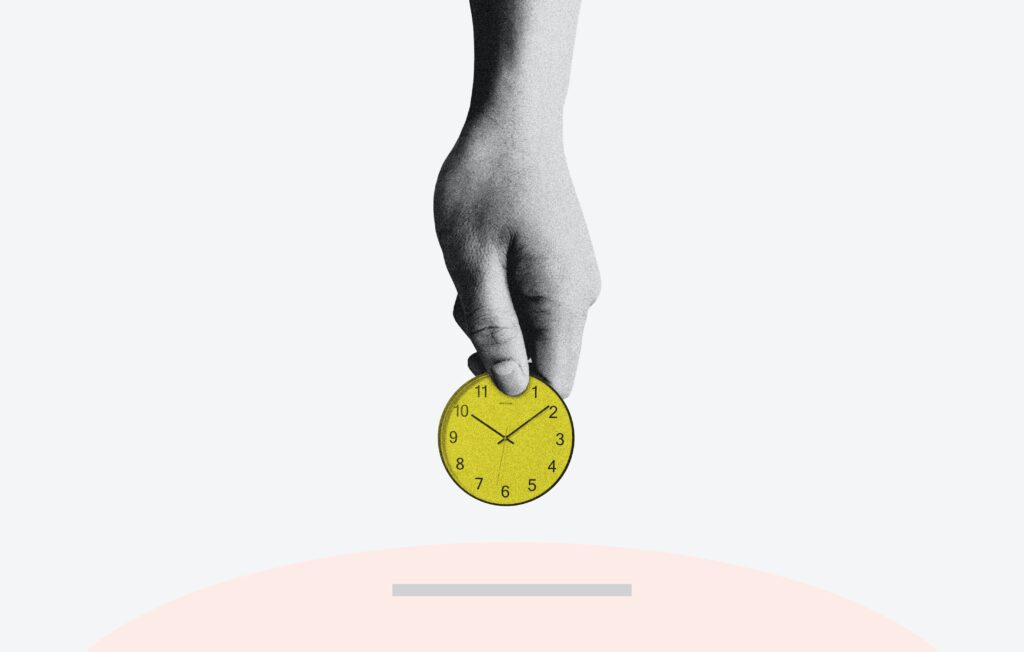
Best Times to Post on Social Media in 2021
It’s no secret that leveraging social media is essential to thriving as a brand in today’s digital climate. With almost 4.5 billion people using social media worldwide, it’d be crazy not to have an optimised social media marketing campaign to boost your brand’s online presence.
But even with a great social strategy in place, how can you be sure people are actually going to see your posts?
Knowing when to post can help your content gain as many clicks and impressions as possible — meaning more eyes on your content and more attention for your brand.
So, when’s the best time to post?
According to Hootsuite, the best time to post on social media (generally speaking) is 10 a.m. on Tuesdays, Wednesdays, and Thursdays.
But — as I’m sure you’re aware — every social media platform is different, so it’ll pay to adjust your social schedule to suit each. According to Hootsuite:
- The best time to post on Facebook is between 8 a.m. and 12 p.m. on Tuesdays and Thursdays.
- The best time to post on Instagram is 11 a.m. on Wednesdays.
- The best time to post on Twitter is 8 a.m. on Mondays and Thursdays.
- The best time to post on LinkedIn is 9 a.m. on Tuesdays and Wednesdays.
- The best time to post on Pinterest is between 8 p.m. and 11 p.m. on Saturdays (source: Sprout Social).

Understand Your Audience
You might be surprised by just how much your best posting times vary from the generic ones.
For example, if you’re an e-commerce company selling baby products (with a
target audience of new mothers), you might find that your audience is
more sporadic — with interaction in the wee hours of the morning and
then spread randomly throughout the day.
On the other hand, if you’re a fashion label targeting a professional
demographic, you might find that your audience is most active in the
morning while on their way to work, around lunchtime when they’re taking
a break, and in the evenings after dinner.
The best way to really maximise social engagement is to get to know your audience like the back of your hand. Consider:
- Their work schedule
- Their social media habits
- The type of content they engage with
- The amount of free time they have
- The channels they frequent
Having a thorough understanding of who your audience is will be the bread and
butter of your social media strategy. More than this — it’ll provide
you with key information on when to post for maximal engagement.
Start Generic
While following the generic guidelines mightn’t be an optimal solution for the long term, it’s certainly a good place to start.
This is particularly true for new brands (or established brands looking to build a strong social presence).
Because, above all, the best way to understand your audience is to simply start posting!
And once you’ve published content to your socials, you can start collecting
that all-important data and then use it to tailor your social schedule
to meet your audience’s needs.
But wait — there’s more.
Just as it’s important to go beyond the generic best times to post, it’s also important to consider the best times to post for your industry.
Best Time to Post on Social Media by Industry
Go a step further than the generic posting times by taking into account the best times to post for your industry.
A little competitor research can also work wonders here. Take a look at when your competitors most often post — if you happen to notice patterns, it’s a good idea to incorporate this into your own social media schedule.

Best Time to Post on Social Media for the Fashion & Retail Industries
If you’re an e-commerce company, then you’ll be well-versed in the importance of social media marketing to sell products. But you mightn’t be aware of the impact of well-timed posts for boosting brand awareness, growing your following, and ultimately landing sales.
Best time to post on Facebook: Fashion & Retail
According to digitalcommerce360, weekends aren’t your best bet for engagement. Rather, you should schedule your posts for Thursday at around 2 p.m. and Friday at around 11 a.m. Other promising options include Wednesdays between 11 a.m. and 3 p.m., Thursdays at 4 p.m., and any time between 10 a.m. and 3 p.m. on Fridays.
Best time to post on Instagram: Fashion & Retail
If you have beautiful content to share, then you’re in luck. Instagram is the perfect social platform for sharing stunning photos of your products for your audience to ogle. So, try to catch them when they’re all online! According to digitalcommerce360, your best bet is on Saturday between 11 a.m. and 1 p.m. Another good option is Wednesday (where performance is pretty consistent throughout the day). Don’t expect too much from Mondays: they tend to be the least promising.
Best time to post on Twitter: Fashion & Retail
Selling products on Twitter isn’t easy, but it’s also not impossible. Give yourself the upper hand by publishing content on Saturdays at around 1 p.m.
Best time to post on Pinterest: Fashion & Retail
There’s no way around it: Pinterest is the Mecca of fashion and retail marketing. It’s 100% photo-oriented, so you’d better have a good lineup of gorgeous content featuring all your products! In fact, 478 million people use Pinterest every month to find ideas that inspire their purchases. You’ll want to post often, but be sure to schedule content for Fridays and Saturdays between 8 p.m. and 11 p.m.
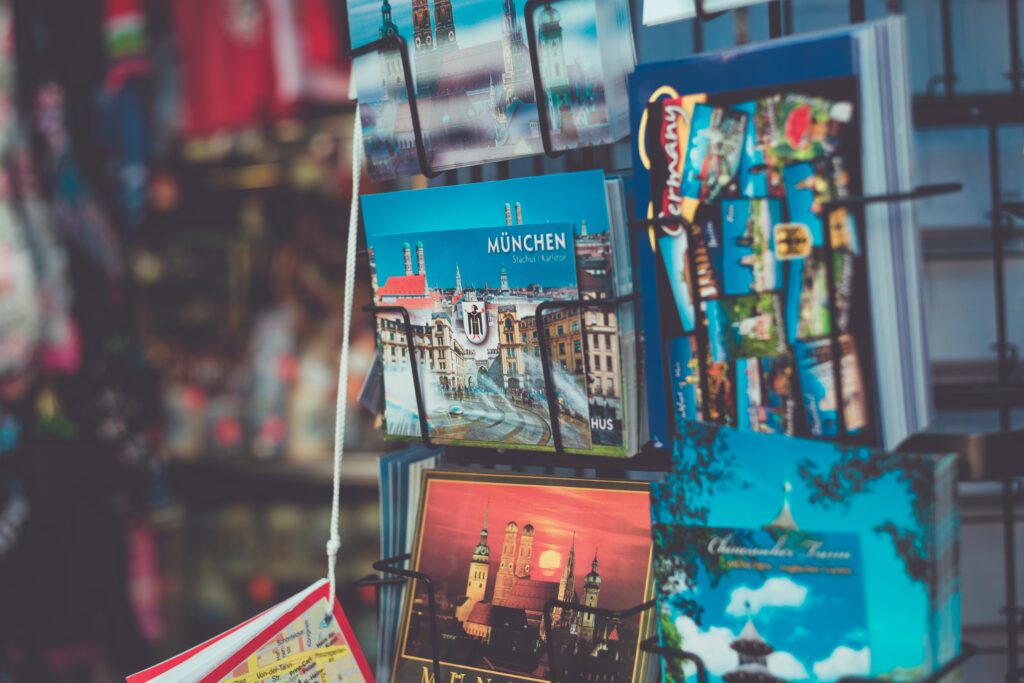
Best Time to Post on Social Media for the Travel & Tourism Industry
The days of heading to your local travel agency are long gone: it’s a digital era and catching the attention of holiday-seekers has gone online.
Best time to post on Facebook: Travel & Tourism
To compete on Facebook, be sure to schedule content on Tuesday and Wednesday between 9 a.m. and 1 p.m., and also on Friday between 10 a.m. and noon. Sunday is the least effective day. (Source: Sprout Social.)
Best time to post on Instagram: Travel & Tourism
This is where you’ll meet the best of your competition. Instagram users know how to create compelling travel content that’ll have you dreaming of a Caribbean getaway and a cruise through the Seine at the same time. Step up to the plate by posting on Thursdays at around 7 a.m. and Mondays between 11 a.m. and 3 p.m. Weekends often see the least amount of action, with users out and about — spending less time on their devices. (Source: Sprout Social.)
Best time to post on Twitter: Travel & Tourism
Want to share a word or two with your Twitter followers? Share something interesting on a Monday between 10 a.m. and 2 p.m., and on Wednesday between 8 a.m. and 9 a.m. You’ll have less luck on Saturdays. (Source: Sprout Social.)
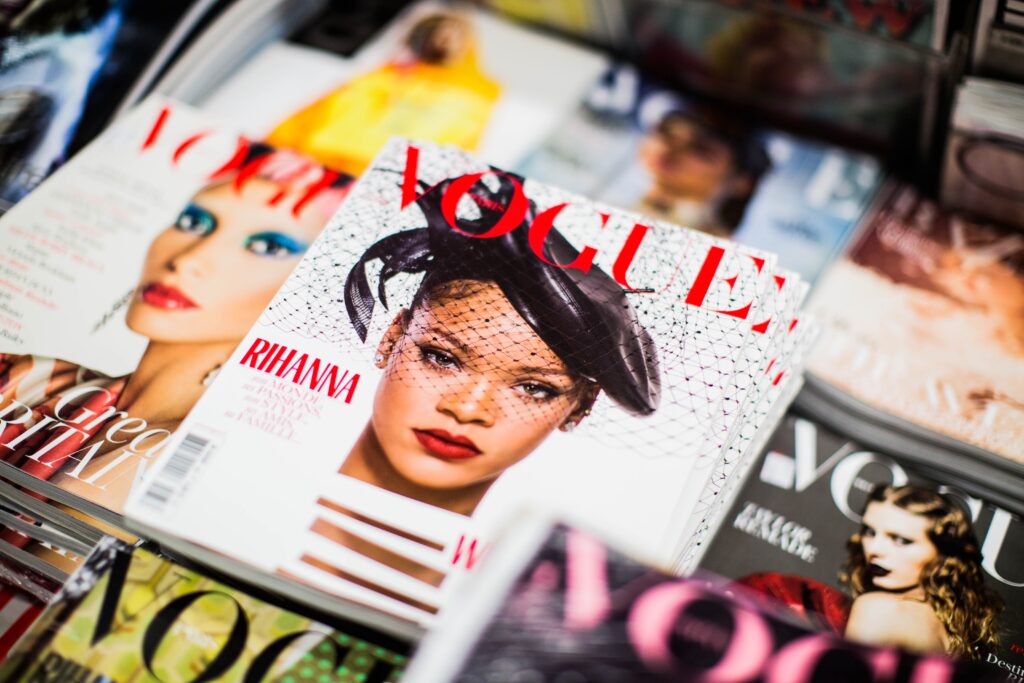
Best Time to Post on Social Media for the Media Industry
Media brands need to be especially aware of timing when posting on social media, given that news-related content is particularly time-sensitive. While media brands should post when topics are trending and relevant, it can also pay to keep these posting times in mind:
Best time to post on Facebook: Media Industry
Audiences will be most active on Facebook around 7 a.m. on a Friday and between 6 a.m. and 9 a.m. on Tuesday. Overall, your best days for posting media-related content are Tuesday, Wednesday and Friday. (Source: Sprou Social.)
Best time to post on Instagram: Media Industry
For Instagram, you’ll want to publish on Tuesday afternoon between 1 p.m. and 5 p.m., Wednesday around 11 a.m., and Thursday between 8 a.m. and 9 a.m. In general, you’ll do particularly well to publish on Tuesday, Wednesday and Thursday. (Source: Sprout Social.)
Best time to post on Twitter: Media Industry
Twitter is a hot spot for relevant news-related content as well as a hub of interactivity, making it the perfect platform to connect with your audience. Catch them bright and early on Monday morning between 6 a.m. and 9 a.m., and Tuesday around 7 a.m. Twitter users will be most engaged with your content early in the week but you’ll notice their attention dwindle on the weekend. (Source: Sprout Social.)

How to Analyse Your Social Metrics (And Use Them to Your Advantage)
Once you’ve got a generic posting schedule down pat (which takes into account the recommended industry posting times), you can finally start gathering that all-important data on your audience.
You might be thinking: “This all sounds well and good, but how do I actually analyse this data?”
Luckily, it’s really quite simple.
You can use social media Insights to get the full scoop. Most social media platforms offer insights and analytics into your audience’s activity to help you optimise engagement.
For example, Facebook provides insights specific to your audience, including info about when they’re online. These insights are conveniently organised by day and time so you can plan your content accordingly. Simply go to Facebook Page Insights and click on ‘When Your Fans Are Online’.
For Instagram, head to Creator Studio and click Insights. Here, you can see all the nitty gritty about your audience and even schedule posts to be published across both Facebook and Instagram.
For Pinterest, take a look at Audience Insights in the Analytics tab. Here, you can see all sorts of useful information including audience location, age, gender and interests.
Twitter and LinkedIn are a bit trickier because these socials don’t provide businesses with insights on their audiences, meaning you’ll need to utilise Google Analytics. To do this, head to your Google Analytics dashboard and then click on Acquisition > Traffic > Channels > Social. From here, you’ll be able to see important demographic info about your audience, including engagement metrics.

Scheduling Social Posts for a Global Audience
If you have a global audience (or an audience spread across multiple time zones), then the time at which you post to your socials will be a tad more complicated.
First and foremost, you’ll want to find out where your audience is located. This way, you’ll know which time zones to target.
If you already have a relatively strong social presence, then it could be worth utilising tools such as Iconsquare. This tool can give you a comprehensive overview of your audience, including a heat map showing their geographic locations.
And if you do find that your target audience is spread across multiple time zones, then you’ll need to be flexible in your approach.
Big brands with a global fan base tend to create multiple social media accounts for each country, and even localise the content to suit the local language and culture of their audience.
Localising content is essential to expanding your business into new markets. Translation, transcreation and/or copy adaptation ensure that the content you share connects with your audience and doesn’t feel out of place.
Need help creating localised content? Our team of linguists, copywriters and digital content experts are here to help.
Once you’ve got your localised content ready to go, you’ll want to a/b test your posts across different times until you find the sweet spot. Don’t be deterred — this can take some time but simply requires flexibility and perseverance.
One option is to post the same content at different times, to see when your audience is most receptive. (However, it’s important not to be too liberal with this, as you don’t want an audience who’s fed up with repeat content.)
Facebook is particularly handy for publishing duplicate content across multiple geographic locations (and time zones). When publishing, you have the option to target specific locations. So, if you wanted to publish something in the UK and then again later in the US, you can target these locations specifically (meaning that your UK audience won’t see the repeated post, and vice versa).
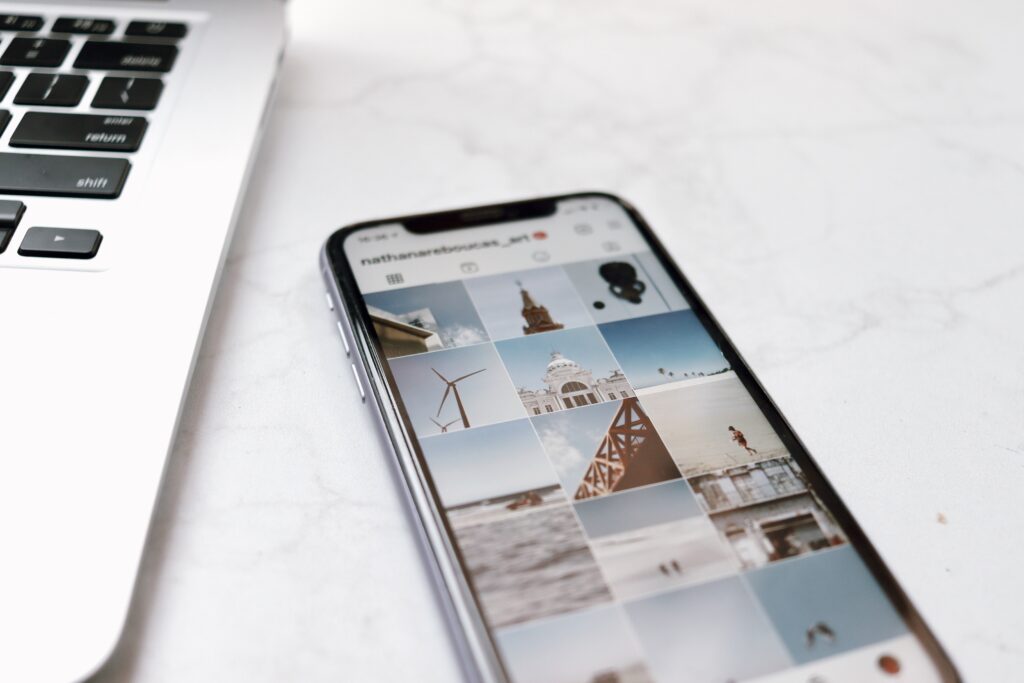
Conclusion
While this information can be very helpful to build a framework, creating the perfect social media schedule — that suits your unique audience — will take time. Utilise the generic and industry-specific best times to post on social media, and then gather data to adjust your content schedule as necessary. Actively test social media posts across different days, times and channels to find what suits your brand best.
Need help? Our team can take care of all your social media marketing needs.


